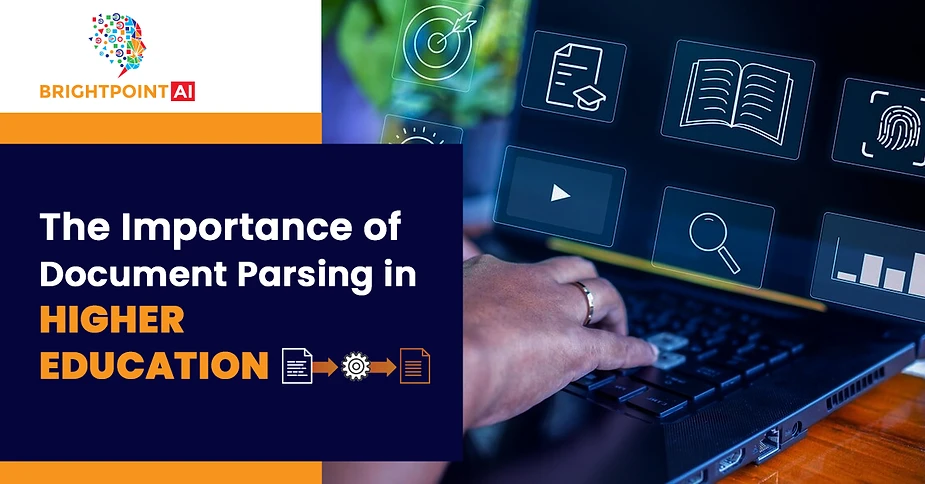The Importance of Document Parsing in Higher Education
Introduction:

A Shift Towards Efficiency:
Automating Admissions: Admissions processes often involve handling a multitude of application forms, standardized test scores, and recommendation letters. With document parsing, institutions can automatically extract and organize this data, expediting admissions decisions and reducing the risk of errors.
Enhancing Enrollment: Once students are admitted, they go through enrollment, which requires submission of numerous documents like vaccination records, financial aid forms, and identification documents. Document parsing ensures that this information is processed swiftly, allowing students to focus on their studies instead of paperwork.
The Digital Transformation of Learning Materials
Interactive eTextbooks: Digital textbooks equipped with document parsing capabilities can provide students with interactive learning experiences. They can instantly search for keywords, access supplementary materials, and receive personalized recommendations based on their reading habits.
Paperless Assignments and Feedback: Professors can use document parsing tools to automate grading of assignments and essays. This not only saves time but also allows for more detailed feedback, ultimately benefiting student learning outcomes.
A Safer and Smoother Campus Experience
Contactless Registration: Document parsing enables institutions to offer contactless registration for courses, reducing the need for in-person paperwork and interactions. This is particularly crucial in times of social distancing and remote learning.
Secure Document Sharing: Secure document parsing and sharing platforms allow students to submit confidential documents like medical records without physically visiting the campus. These platforms ensure data privacy and compliance with regulations.